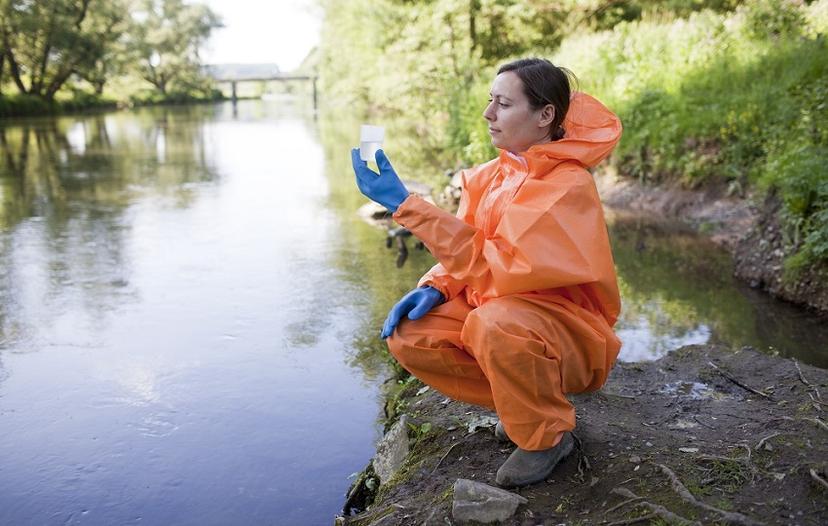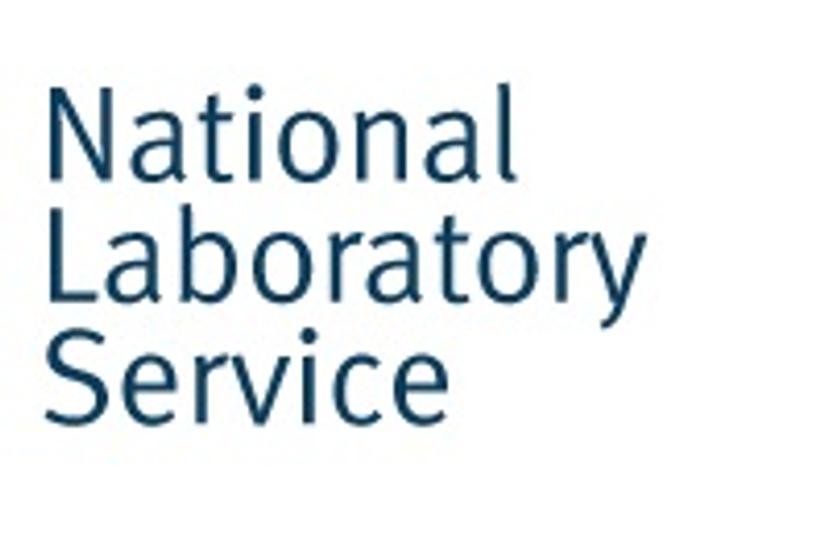Webinar Highlights: Environmental Contaminant Analyses at the National Laboratory Service
10 Jan 2017

Find out how the new EU Water Framework Directive Regulations are being addressed by innovative GC-M technologies

National Laboraotry Service The National Laboratory Service(NLS) provides high quality environmental testing and analysis, specializing in soil, wastewater and marine testing.
In this webinar, Rob Carter, Product Manager at the National Laboratory Service, discussed cutting edge technology enabling low level detection and analyses of contaminants in fresh water, saline water and biota and addressed the new EU Water Framework Directive regulations.
Read on for highlights from the Q&A session or watch the webinar on demand.
Q: The end of your presentation talks about new challenges. Have these happened yet?
A: No, not yet. It takes a while for the Environment Agency to implement changes. I think that the next changes are likely to happen in 2019 when any revisions to priority substances and results from other monitoring surveys will come to fruition. Currently we are working on extending our methodologies into dirtier matrices and looking at new ways of reducing the amount of preparation time.
Q: How do you see requirements changing post-Brexit?
A: There is a short and long answer to that. The short answer is that the Environment Agency is anticipating that most of the requirements will be incorporated into UK law and therefore will continue. Some of the drivers from Europe might disappear as there is no longer risk of infraction from Europe for not doing the full monitoring of substances. However, we are anticipating that the UK law will still require monitoring of most of these substances. The Environment Agency already takes a risk-based approach, based on knowledge about what chemicals are being used in the UK in the first place, because some of the chemicals used in the whole of Europe are different to those used locally in the UK. This may have a greater effect as we move forward.
Q: What are the biggest challenges for low level PFOF or PFOA you are seeing? Are you seeing much background contamination in your system?
A: This is quite a technical question, there are probably people who are better placed to answer some of the detail around that. I would say that the biggest problems around PFOA for those who are used to doing analysis for that on Elsy systems will be aware that it leeches out of every piece of plastic in the system. I might be using some of the terminology incorrectly here as it’s been a while since I’ve been on the bench, but the way we get around this problem is essentially by putting a guard column in place so that any PFOA coming off the system itself is shifted in retention time, so we end up getting two retention time peaks for PFOA, one from the sample and one from the system. With respect to the rest of the solvents, the equipment, glassware and plastic ware we use, these must be rigorously tested beforehand to make sure that there is no contamination. In addition to that, we never run anything without numerous blanks so that we can spot if we are contaminating it ourselves. As far as environmental levels are concerned, we are not substances such as PFOS at as high levels as other substances.
Q: Are you measuring removal from particulate matter, either PAH’s or any other compounds?
A: That is quite a topical question for the Environment Agency at the moment, in terms of identifying whether when we measure the levels of these substances, particularly PFOS and polyaromatic hydrocarbons, whether we are just measuring that which is absorbed to particles or whether we are measuring that which is freely dissolved in the water sample. The short answer is that the directive requires that we measure total concentrations, therefore the methodology is designed to monitor anything which is in the dissolved phase or on the particles. That’s the contradiction with the directive – there may be people listening to me now who feel that the compounds absorbed by particles are not actually available to biota in the first place and that’s the challenge for us going forward. One of the tests that we are currently working on is filtration of our samples to separate out that which is absorbed to particles and that which isn’t. However, this is outside of the directive monitoring requirements, it is a local investigation. Largely what we have seen so far with PFOS is that there isn’t much difference between the two. There is a small percentage, maybe around 10%, that is absorbed to particles but this is a very small subsample. Measuring PAH’s on particulates is a harder exercise because we need to make sure that we can get a filter that not only takes out the particles but ensures that the PAH’s do not absorb to the filter themselves. You would quite rightly anticipate that the PAH’s would be absorbed to particles but currently the directive requires total analysis.
Q: What would you now consider as the best available technology for the analysis of heptachlor and heptachlor epoxide and what LORs are currently achievable in aqueous samples?
A: Clearly the person asking this question will be aware that the targets for heptachlor are incredibly low. Most of the work you will see on the presentation is aimed at the picogram level but the heptachlors are in the zeptogram levels, so getting on towards a thousand times lower – hence the humorous slides about carrying larger volumes of water and lots and lots of fish. The current position for the Environment Agency is that there isn’t any better technology which would enable an achievement of detection limits that the directive currently requires of the heptachlors and the heptachlor epoxides. Therefore, we feel comfortable to state our GC triple quad technology that we are using is the best available technology for that. Clearly, we could extract larger volumes of water or larger quantities of fish to enable a greater concentration step but, then again, you could argue that the directive actually states that the best available technology or techniques should be used without entailing excessive cost. It is our view that to take greater volumes of samples would result in excessive cost. It would certainly be hazardous for our samples if we were to cart around huge amounts of water and combining multiple liters of water into one extract would be difficult. Our current detection limit for heptachlors is round about the 40 picogram level, so quite a long way away from directive targets. Possibly the targets will be amended to be more realistic in 2019.
Miss the live webinar? Watch the full webinar on demand here.
Do you use any of the technology discussed in this webinar? Write a review for a chance to win an Amazon voucher worth $400 (or equivalent currency) or an iPad Air®.
